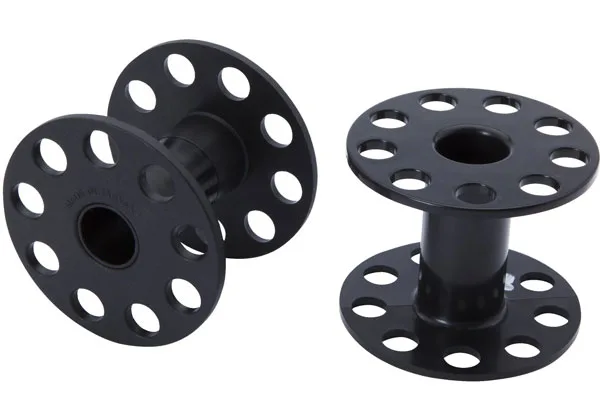Consumers crave products that reflect their unique preferences in today’s fast-paced market. This shift has pushed manufacturers to rethink traditional methods and embrace mass customization. But how can high-volume manufacturing adapt to deliver personalized products without sacrificing speed or quality? Explore how industries balance scale and individualization to meet modern consumer demands.
What Is Mass Customization in High Volume Manufacturing?
Mass customization is the ability to produce tailored products on a large scale. It combines the efficiency of high-volume manufacturing with the flexibility to meet individual customer needs. Think of it as offering a personalized touch without slowing down production.
For example, imagine buying shoes designed specifically for your foot shape or a smartphone case engraved with your name—all produced as quickly as standard, off-the-shelf items. This approach transforms industries, from fashion to electronics and even healthcare.
The key lies in advanced technologies and streamlined processes that allow manufacturers to offer variety without compromising on volume. But how exactly are they achieving this?
How High-Volume Manufacturing Adapts to Personalization
Manufacturers are leveraging cutting-edge tools and strategies to meet the demand for mass customization. Here’s how they’re making it work:
- Advanced Automation: Robotics and AI enable faster adjustments in production lines, allowing for seamless transitions between product variations.
- Modular Design: Products are designed in interchangeable modules, making it easier to customize components without overhauling the entire manufacturing process.
- Data-Driven Insights: Manufacturers can predict trends and tailor products to meet specific demands by analyzing customer preferences.
- Flexible Supply Chains: Agile supply chains ensure that materials and components are available when needed, reducing delays in customized production.
These innovations ensure that high-volume manufacturing remains efficient while offering the personalization consumers desire.
The Role of Technology in Mass Customization
Technology is the backbone of mass customization. From 3D printing to IoT-enabled devices, here’s how tech is driving this trend:
- 3D Printing: This technology allows for rapid prototyping and production of customized parts, reducing waste and speeding up delivery times.
- AI and Machine Learning: These tools analyze customer data to predict preferences and optimize production processes.
- Digital Twins: Virtual replicas of products enable manufacturers to test customizations before physical production begins.
By integrating these technologies, manufacturers can offer personalized products at scale, meeting consumer expectations without disrupting high-volume manufacturing workflows.

Plastic parts
Challenges in Balancing Scale and Personalization
While mass customization offers numerous benefits, it’s not without challenges. Here are some common hurdles manufacturers face:
- Cost Management: Customization can increase production costs, requiring careful planning to maintain profitability.
- Complex Logistics: Managing various product variations demands a highly organized supply chain.
- Consumer Expectations: Customers expect personalized products to be delivered as quickly as standard ones, putting pressure on manufacturers to streamline processes.
Despite these challenges, the rewards of mass customization—such as increased customer loyalty and market differentiation—often outweigh the difficulties.
Why Mass Customization Matters for Your Business
In the manufacturing industry, embracing mass customization can set you apart from competitors. Here’s why it’s worth considering:
- Enhanced Customer Satisfaction: Personalized products create a stronger emotional connection with consumers, leading to repeat business.
- Competitive Advantage: Offering customization options can differentiate your brand in a crowded market.
- Increased Revenue: Tailored products often command higher prices, boosting profitability.
You can meet consumer demands by integrating mass customization into your high-volume manufacturing processes while maintaining operational efficiency.
Practical Tips for Implementing Mass Customization
Ready to explore mass customization for your business? Here are some actionable steps to get started:
- Invest in Technology: Adopt tools like 3D printing, AI, and IoT to streamline customization.
- Train Your Team: Ensure your workforce is skilled in handling advanced manufacturing technologies.
- Analyze Customer Data: Use data insights to identify popular customization options and predict trends.
- Optimize Your Supply Chain: Build a flexible supply chain that can adapt to varying production needs.
These steps can help you transition smoothly into mass customization while maintaining the efficiency of high-volume manufacturing.
The Future of Manufacturing Is Personalized
The demand for personalized products is reshaping the manufacturing landscape. By embracing mass customization, high volume manufacturing can meet consumer expectations without sacrificing scale or efficiency. With the right tools, strategies, and mindset, you can stay ahead of the curve and deliver products that truly resonate with your customers.
Looking for expert manufacturing solutions to implement mass customization? Contact Nice Rapid today to streamline your production process with reliable outsourcing services.
